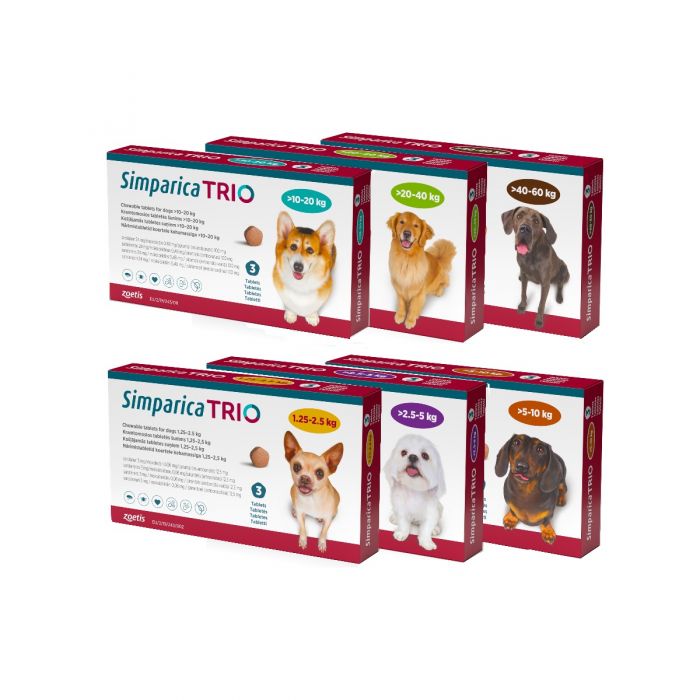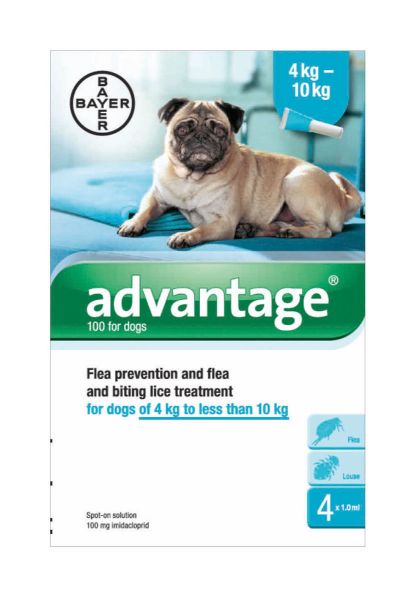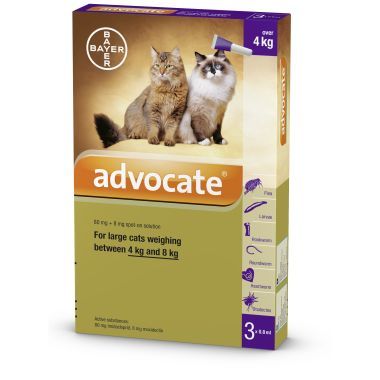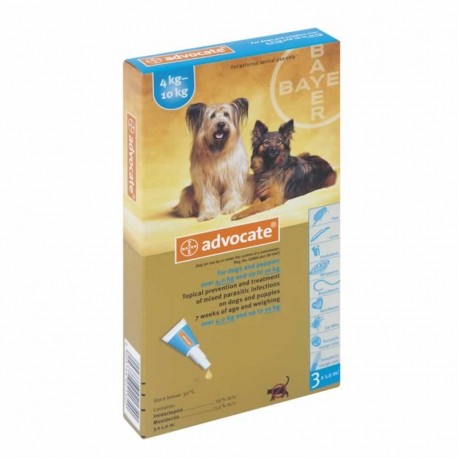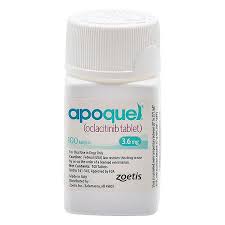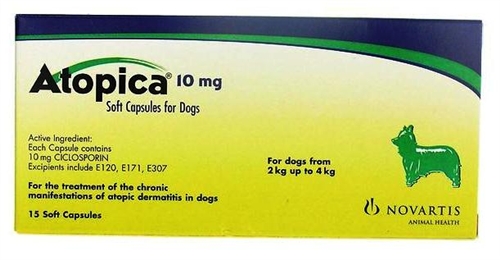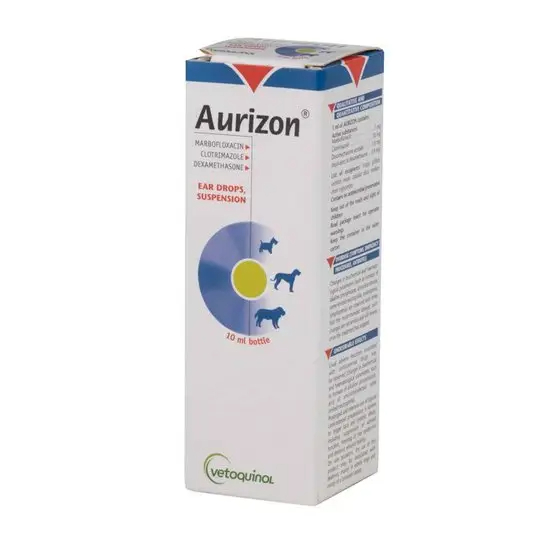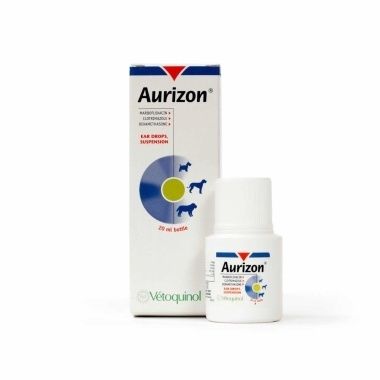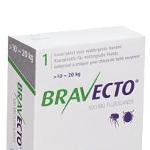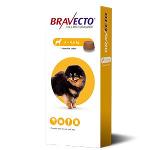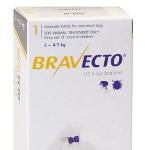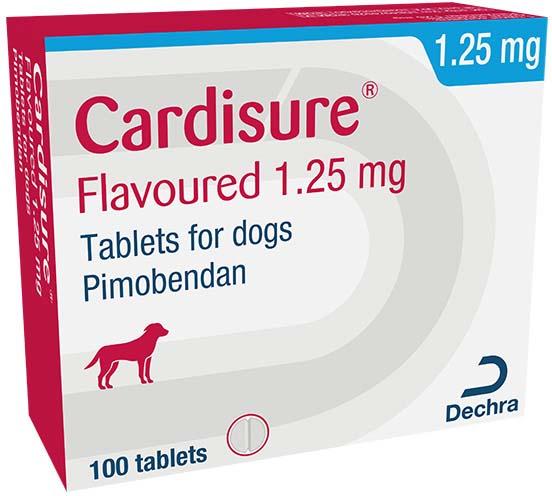Simparica Trio chewable tablets for dogs Species: Dogs Therapeutic indication: Pharmaceuticals: Endectocides: For companion animals Active ingredient: Moxidectin, Pyrantel Embonate, Sarolaner Product:Simparica Trio chewable tablets for dogs Product index: Simparica Trio Presentation Simparica Trio chewable tablets are a reddish brown coloured, pentagon shaped tablet with rounded edges. Tablets are debossed with the sarolaner strength on one face. Each tablet contains: Simparica Trio chewable tablets sarolaner (mg) moxidectin (mg) pyrantel (as embonate) (mg) for dogs 1.25 - 2.5 kg 3 0.06 12.5 for dogs >2.5 - 5 kg 6 0.12 25 for dogs >5 - 10 kg 12 0.24 50 for dogs >10 - 20 kg 24 0.48 100 for dogs >20 - 40 kg 48 0.96 200 for dogs >40 - 60 kg 72 1.44 300 Uses For the treatment of dogs with, or at risk from, mixed external and internal parasitic infestations. Simparica Trio is exclusively indicated when use against ticks or fleas and gastrointestinal nematodes is indicated at the same time. The veterinary medicinal product also provides concurrent efficacy for the prevention of heartworm disease and angiostrongylosis. Ectoparasites •For the treatment of tick infestations. The veterinary medicinal product has immediate and persistent tick killing activity for 5 weeks against Ixodes hexagonus, Ixodes ricinus and Rhipicephalus sanguineus and for 4 weeks against Dermacentor reticulatus; •For the treatment of flea infestations (Ctenocephalides felis and Ctenocephalides canis). The veterinary medicinal product has immediate and persistent flea killing activity against new infestations for 5 weeks; •The veterinary medicinal product can be used as part of a treatment strategy for the control of flea allergy dermatitis (FAD). Gastrointestinal nematodes •For the treatment of gastrointestinal roundworm and hookworm infections: •Toxocara canis immature adults (L5) and adults; •Ancylostoma caninum L4 larvae, immature adults (L5) and adults; •Toxascaris leonina adults; •Uncinaria stenocephala adults. Other nematodes •For the prevention of heartworm disease (Dirofilaria immitis); •For the prevention of angiostrongylosis by reducing the level of infection with immature adult (L5) stages of Angiostrongylus vasorum. Dosage and administration For oral use. Simparica Trio should be administered at a dose of 1.2-2.4 mg/kg of sarolaner, 0.024-0.048 mg/kg moxidectin and 5-10 mg/kg of pyrantel in accordance with the following table. Method of administration Tablets can be administered with or without food. Simparica Trio tablets are palatable and readily consumed by the majority of dogs when offered by the owner. If the tablet is not taken up voluntarily by the dog it can also be given with food or directly into the mouth. The tablets should not be divided. Bodyweight (kg) Tablet strength 3 mg/0.06 mg/12.5 mg Tablet strength 6 mg/0.12 mg/25 mg Tablet strength 12 mg/0.24 mg/50 mg Tablet strength 24 mg/0.48 mg/100 mg Tablet strength 48 mg/0.96 mg/200 mg Tablet strength 72 mg/1.44 mg/300 mg 1.25 -2.5 1 >2.5 - 5 1 >5 - 10 1 >10 - 20 1 >20 - 40 1 >40 - 60 1 >60 Appropriate combination of tablets Treatment schedule: The treatment schedule should be based on veterinary diagnosis, the local epidemiological situation and/or the epidemiological situation of other areas the dog has visited or is going to visit. If based on veterinarian opinion re-administration(s) of the product is required, any subsequent administration(s) must follow the minimum 1 month interval schedule. The product should only be used in dogs when treatment of ticks / fleas and gastrointestinal nematodes is indicated at the same time. In the absence of the risk of mixed co-infestation, a narrower spectrum parasiticide should be used. Treatment of flea and tick infestations and gastrointestinal nematodes: The veterinary medicinal product can be used as part of the seasonal treatment of fleas and ticks (replacing treatment with a mono-active flea and tick product) in dogs with diagnosed concurrent gastrointestinal nematode infections. A single treatment is efficacious for the treatment of gastrointestinal nematodes. After treatment of the nematode infections, further flea and tick treatment should be continued with a mono-active product. Prevention of heartworm disease and angiostrongylosis: A single administration also prevents lungworm disease (by reducing the immature adults (L5) of A. vasorum) and heartworm disease (D. immitis) for one month. When the product replaces another lungworm or heartworm preventive product, the first dose of the product should be given within a month of the last dose of the former veterinary medicinal product. In endemic areas, dogs should receive lungworm and/or heartworm preventive treatments at monthly intervals. It is recommended that heartworm prevention treatment should be continued until at least 1 month after the last exposure to mosquitoes. Contra-indications, warnings, etc Do not use in cases of hypersensitivity to the active substances or to any of the excipients. Ticks and fleas need to start feeding on the host to become exposed to sarolaner; therefore, the transmission of infectious parasite-borne diseases cannot be excluded. This veterinary medicinal product is not effective against adult D. immitis. However, accidental administration to dogs infected with adult heartworms should not pose safety concerns. Dogs in areas endemic for heartworm (or those which have travelled to endemic areas) may be infected with adult heartworms. Maintenance of the efficacy of macrocyclic lactones is critical for Dirofilaria immitis control. To minimise the risk of resistance selection, it is recommended that dogs should be checked for both circulating antigens and blood microfilariae at the beginning of each season of preventative treatment. Only negative animals should be treated. Parasite resistance to any particular class of parasiticides may develop following the frequent, repeated use of a product of that class. Therefore, the use of this product should be based on the assessment of each individual case and on local epidemiological information about the current susceptibility of the target species in order to limit the possibility of a future selection for resistance. In the absence of available data, treatment of puppies less than 8 weeks of age and/or dogs less than 1.25 kg bodyweight should be based on a benefit-risk assessment by the responsible veterinarian. The product was well tolerated in dogs with a deficient multidrug-resistance-protein 1 (MDR1 -/-). However, in such sensitive breeds (which may include, but not necessarily limited to, Collies and related breeds), the recommended dose should be strictly observed. The safety of Simparica Trio has not been established during pregnancy and lactation or in dogs intended for breeding. The use in these animals is not recommended. Gastrointestinal signs such as vomiting and diarrhoea, and systemic disorders such as lethargy, anorexia/inappetence may occur in very rare cases based on post-marketing safety experience. In most cases these signs are mild and transient. Neurological signs such as tremor, ataxia or convulsion may occur in very rare cases based on post-marketing safety experience. In most cases these signs are transient. The frequency of adverse reactions is defined using the following convention: - very common (more than 1 in 10 animals treated displaying adverse reaction(s)) - common (more than 1 but less than 10 animals in 100 animals treated ) - uncommon (more than 1 but less than 10 animals in 1,000 animals treated) - rare (more than 1 but less than 10 animals in 10,000 animals treated ) - very rare (less than 1 animal in 10,000 animals treated, including isolated reports). User warnings: Wash hands after handling the product. The accidental ingestion of the product may potentially result in adverse effects, such as transient excitatory neurological signs. To prevent children from accessing the product, only one chewable tablet at a time should be removed from the blister pack and only when required. The blister pack should then be returned into the carton immediately after use and the carton should be stored out of the sight and reach of children. In case of accidental ingestion, seek medical advice immediately and show the package leaflet or label to the physician. Pharmaceutical precautions Store below 30°C. Any unused veterinary medicinal product or waste materials derived from such veterinary medicinal products should be disposed of in accordance with local requirements. Keep out of the sight and reach of children. For animal treatment only. Legal category Legal category: POM-V

